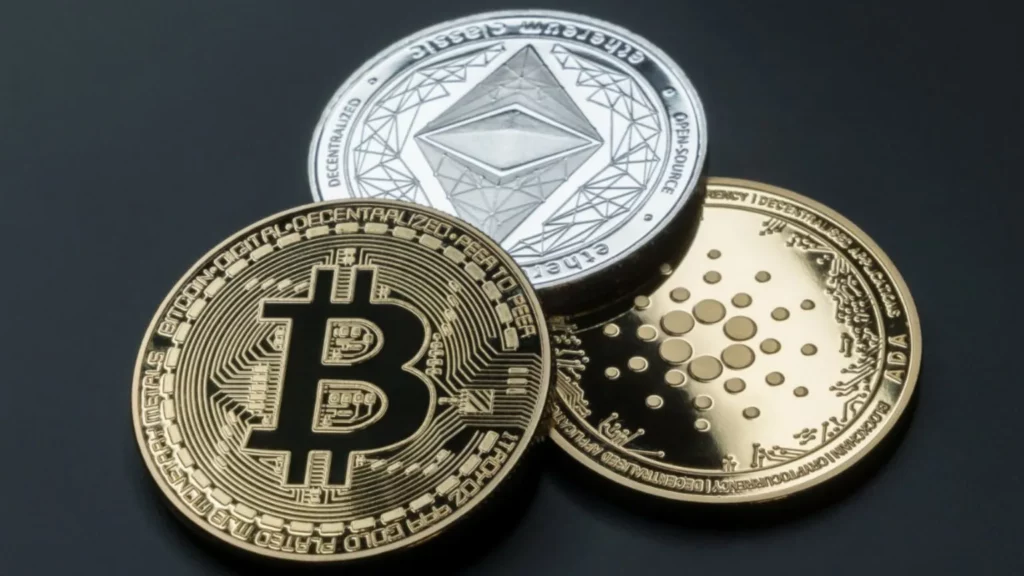Blockchain ushered in a new digital world of digital assets called cryptocurrencies and tokens. In less than two decades, the adoption of cryptos and the subsequent expansion in the decentralized economy is remarkable. However, the rapid expansion can be hard to follow if one is not aware of the basic terminology. Learn about one of the biggest misconceptions in the digital asset economy: Are crypto and token the same?

The terms ‘token’ and ‘coin’ are used interchangeably. There are a lot of misconceptions about both of these terms. Tokens and coins are different. While Coins are built on their own blockchain, Tokens are built on an existing blockchain. Coins have a store of value and can be used as a medium of exchange while tokens are used to participate in decentralized finance (DeFi), NFTs, and even in playing games. Tokens are like Baseball cards, they have value but only to some people and in some situations. Coins are valuable to everybody and can be used like fiat currencies.
What are Crypto Coins?
Crypto coins are digital assets that are built using a blockchain platform for trading or as a medium of exchange. As they are issued directly by the blockchain platform on which they operate, they are called the native assets of the blockchain.
Crypto coins are used for financial purposes only. It takes time to create a new coin. Furthermore, it requires resources and skills to create/mint a single coin. Examples of crypto coins are Bitcoin, Ether, and many more.
What are Crypto Tokens?
Tokens are digital assets that are built on blockchain networks, but they are not called native assets. Furthermore, they are not used as a medium of exchange but are more like assets or deeds which prove ownership. They play a significant role in decentralized finance (DeFi), Non-Fungible Tokens (NFTs), and gaming activities.
Tokens are developed based on predefined token standards. The most widely used token standards are ERC-20 and ERC-721. Both of these token standards are based on the Ethereum platform. ERC-20 makes tokens interchangeable within Ethereum’s ecosystem of decentralized apps. On the other hand, ERC-721 was designed to enable the creation of NFTs that are unique.
Crypto tokens are programmable, i.e. they have the ability to run on software protocols. They are permissionless as they do not require any centralized authority in order to work. They are also trustless since the parties are not required to know one another. Furthermore, they are transparent since the transactions are verifiable and viewable by all. Examples of crypto tokens are Shiba Inu, Chainlink, and many more.
Conclusion
To sum it all up ‘coin’ and ‘token’ are often interchangeably used but they mean different things. The only commonality is that they are digital assets.
While coins are used for exchange purposes, tokens are used for engaging in activities like gaming. While one is native to a blockchain platform, the other is created on an existing blockchain. However, both are decentralized and facilitate transparency.



